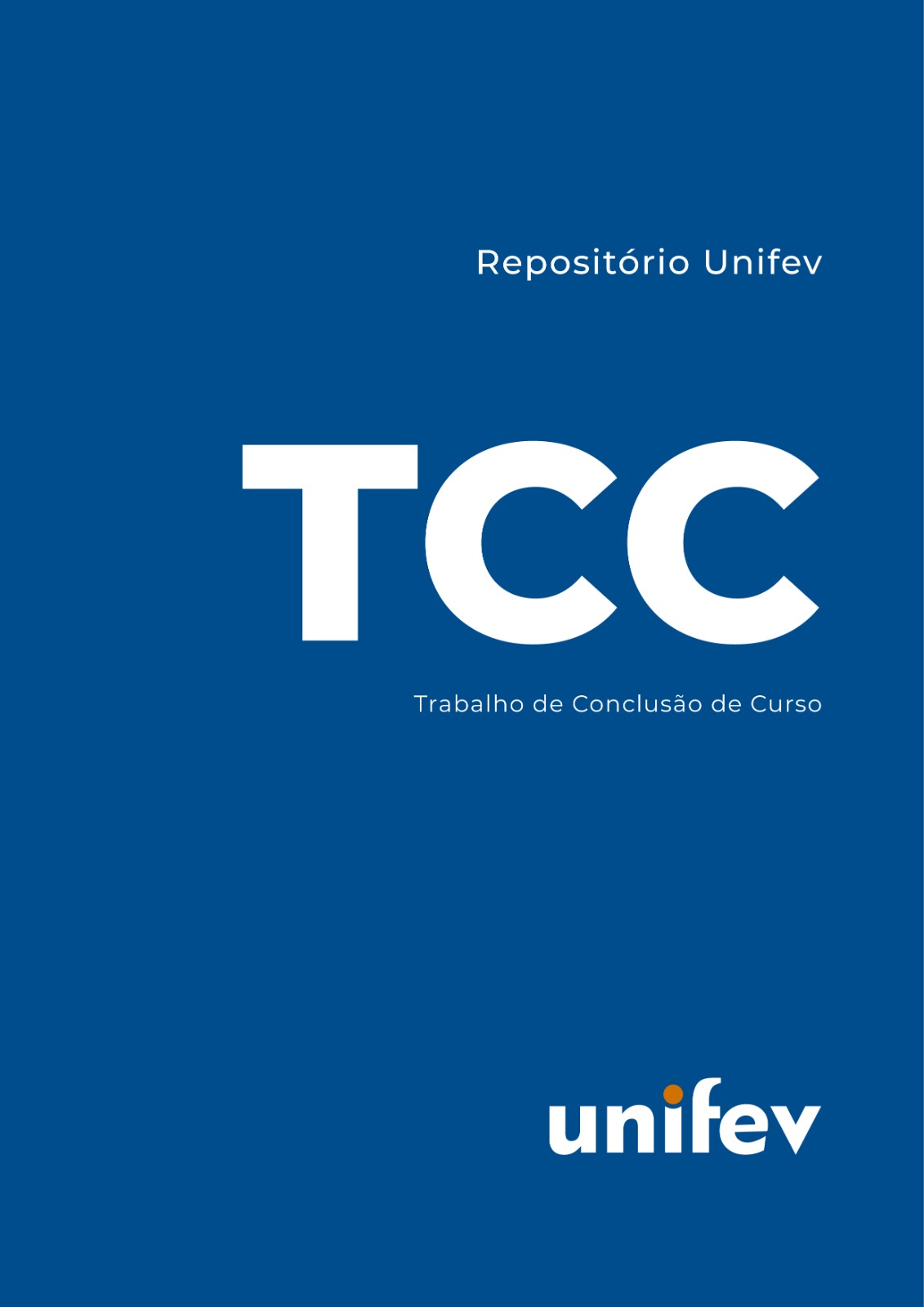DIAGNÓSTICO E MANEJO DO DIABETES MELLITUS TIPO 1 EM CRIANÇAS
Carregando...

Data
2024-12-12
Autores
Título da Revista
ISSN da Revista
Título de Volume
Editor
Resumo
Type 1 diabetes mellitus (type 1 DM) is a metabolic disorder characterized by high and persistent blood glucose levels, caused by deficiency in insulin production or its action. Persistent increased blood glucose levels are associated with chronic micro and macrovascular complications, reduced quality of life, increased morbidity, and increased mortality rates. The objective was to describe the clinical and laboratory diagnosis of type 1 DM, the aspects of type 1 DM management in children, highlighting the most relevant factors for adequate management, as well as the participation of family members in this process. This work was developed through a literature review, of the narrative type, using the following descriptors: Type 1 Diabetes Mellitus, laboratory diagnosis of Type 1 Diabetes Mellitus, child development, family involvement in Type 1 Diabetes Mellitus. Articles from 2015 to 2024 were used, and this work was carried out from February to November 2024. DM is a health condition with high incidence worldwide. DM can be classified as: type 1 DM, type 2 DM and gestational DM. Type 1 DM is an autoimmune disease in which the immune system attacks and destroys the beta cells of the pancreas, resulting in a reduction in insulin production by the pancreas. This type is more common in children and young people. Type 1 DM is recognized as the second most prevalent chronic condition among children. The clinical diagnosis of type 1 DM involves the detection of typical signs and symptoms, in addition to performing specific laboratory tests. The tests for laboratory diagnosis are Fasting Blood Glucose, Oral Glucose Tolerance Test (OGTT) and Glycated Hemoglobin (HbA1c). To confirm the diagnosis of DM, some parameters are considered, and it is recommended that more than one dosage be performed to confirm the diagnosis, especially if the person is asymptomatic. The criteria include: Fasting blood glucose ≥ 126 mg/dL and random blood glucose (obtained at any time of the day) ≥ 200 mg/dL, glycated hemoglobin ≥ 6.5% and blood glucose 2 hours after oral ingestion of 75 g of glucose ≥ 200 mg/dL, in patients with typical symptoms of DM. The management of type 1 DM in Brazil involves a multidisciplinary and integrated approach, taking into account the specifications of the health system and the diversity of the population; it is a collaborative effort involving health professionals, patients and their families. Family participation, offering support to the child from the diagnosis and cultivating a healthy family environment, is essential for adherence to treatment and control of glucose levels. However, active involvement of family members is essential to ensure that the child receives the necessary support to deal with the daily demands of DM. Success in the management of type 1 DM in children depends significantly on family involvement.
Descrição
Palavras-chave
diabetes mellitus, diagnóstico diabetes mellitus, diabetes mellitus tipo 1, manejo do diabetes mellitus infantil